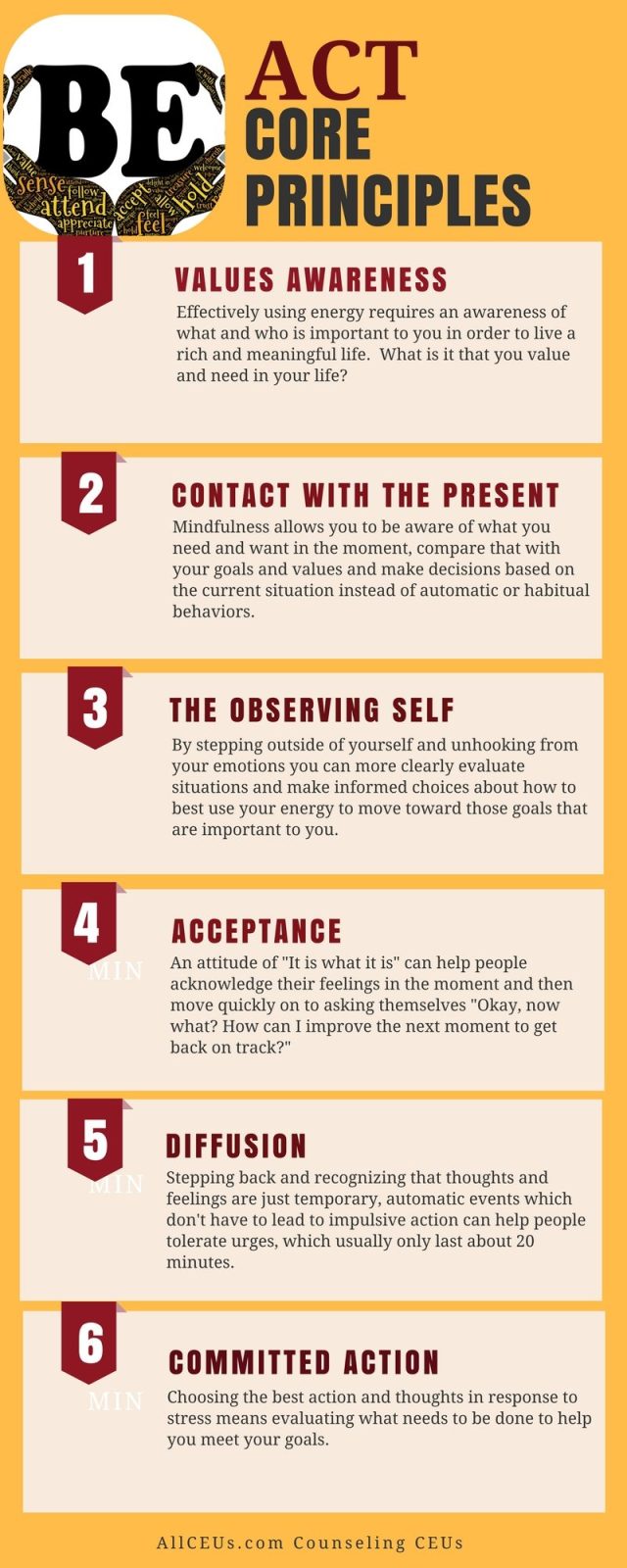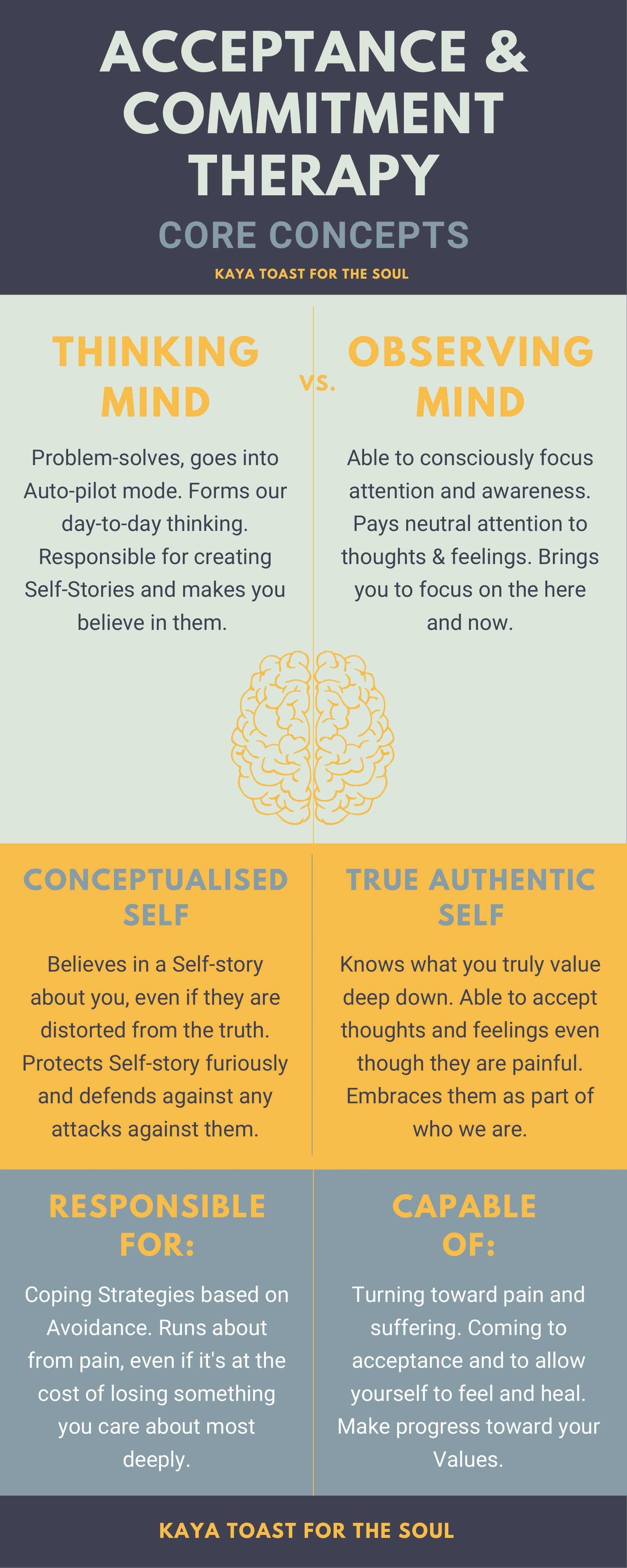

- #Acceptance and change therapy how to#
- #Acceptance and change therapy full#
#Acceptance and change therapy how to#
The goal is to coach clients on how to use their DBT skills to effectively cope with difficult situations that arise in everyday life.

DBT uses phone and other in-vivo coaching to provide in-the-moment support. Briefer schedules that teach only a subset of the skills have also been developed for particular populations and settings. In-the-Moment Coaching Group leaders assign homework to help clients practice the skills in their everyday lives.
#Acceptance and change therapy full#
Skills training is frequently taught in groups during weekly sessions, and the full skills curriculum runs for 24 weeks. Emotion Regulation: how to change emotions that you want to change.Interpersonal Effectiveness: how to ask for what you want and say no while maintaining self-respect and relationships with others.
 Distress Tolerance: how to tolerate pain in difficult situations, not change it. Mindfulness: the practice of being fully aware and present in this one moment. The function of DBT Skills is to help enhance a client’s capabilities. There are four skills taught in DBT: DBT assumes that clients are doing the best they can, AND they need to learn new behaviors in all relevant contexts. While these behaviors might provide temporary relief, they often are not effective in the long-term. Problematic behaviors evolve as a way to cope with a situation or attempt to solve a problem. This lets the therapist consult to the patient about what to do, and the therapist will only intervene on the client’s behalf when absolutely necessary. ACT has been around for a long time, but seems to be gaining media. The therapist applies the same dialectical, validation, and problem-solving strategies in order to teach the client to be his or her own case manager. Acceptance and Commitment Therapy (ACT) is a type of psychotherapy that helps you accept the difficulties that come with life. 2) Structure the Environment with Case Management in Individual Therapy – Case management strategies help the client manage his or her own life, such as their physical and social environments. In the standard DBT model, individual therapy takes place once a week for as long as the client is in therapy, and it runs concurrently with DBT skills training. 1) Enhance Motivation with Individual Therapy – DBT individual therapy is focused on enhancing client motivation and helping clients to apply the skills to specific challenges and events in their lives. Individual psychotherapy is a mode that serves two functions within DBT.
Distress Tolerance: how to tolerate pain in difficult situations, not change it. Mindfulness: the practice of being fully aware and present in this one moment. The function of DBT Skills is to help enhance a client’s capabilities. There are four skills taught in DBT: DBT assumes that clients are doing the best they can, AND they need to learn new behaviors in all relevant contexts. While these behaviors might provide temporary relief, they often are not effective in the long-term. Problematic behaviors evolve as a way to cope with a situation or attempt to solve a problem. This lets the therapist consult to the patient about what to do, and the therapist will only intervene on the client’s behalf when absolutely necessary. ACT has been around for a long time, but seems to be gaining media. The therapist applies the same dialectical, validation, and problem-solving strategies in order to teach the client to be his or her own case manager. Acceptance and Commitment Therapy (ACT) is a type of psychotherapy that helps you accept the difficulties that come with life. 2) Structure the Environment with Case Management in Individual Therapy – Case management strategies help the client manage his or her own life, such as their physical and social environments. In the standard DBT model, individual therapy takes place once a week for as long as the client is in therapy, and it runs concurrently with DBT skills training. 1) Enhance Motivation with Individual Therapy – DBT individual therapy is focused on enhancing client motivation and helping clients to apply the skills to specific challenges and events in their lives. Individual psychotherapy is a mode that serves two functions within DBT.







 0 kommentar(er)
0 kommentar(er)
